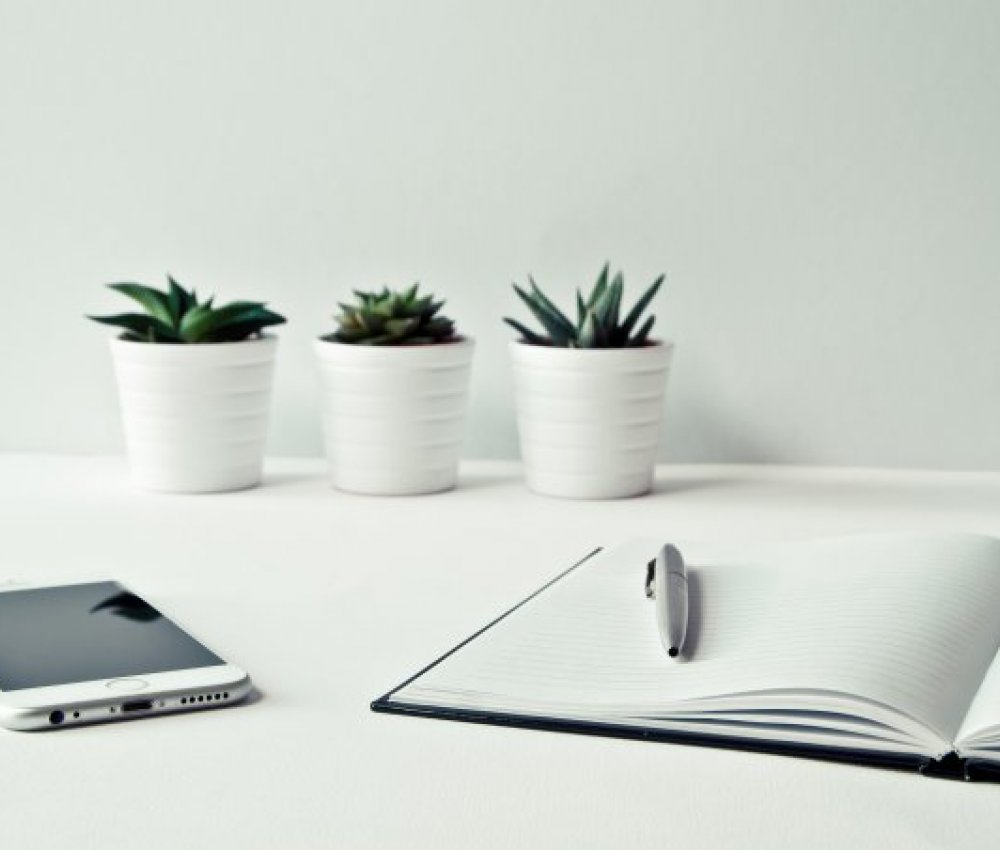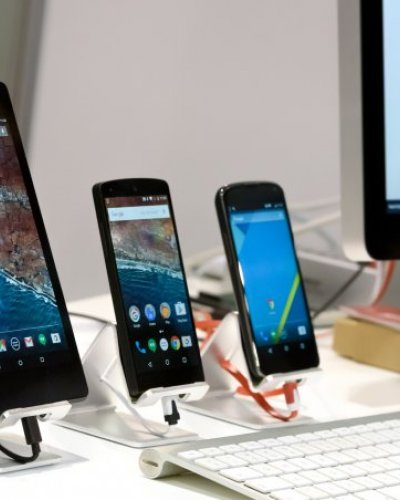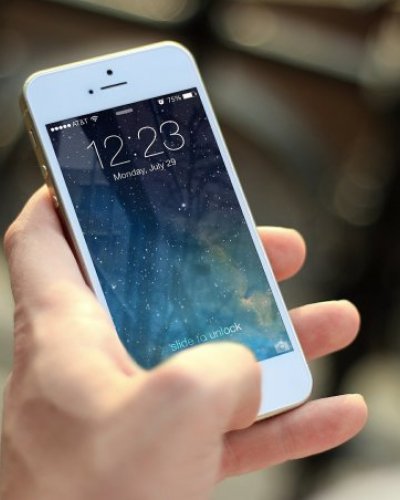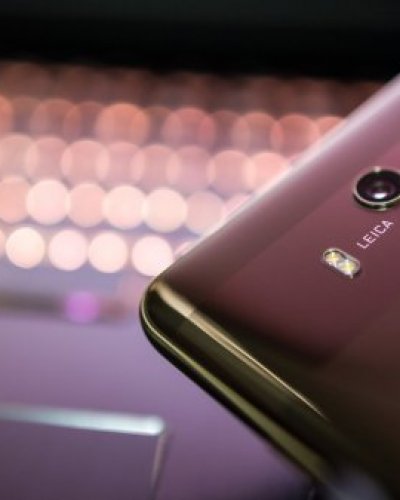The Moto G name has become synonymous with quality on a budget. Time and again, Motorola has had the same price point with relatively high specs compared to the competition at the same price point.
This time around, the company has taken much of what made the Moto G6 a solid handset and gently refined it into an even more luxurious feel product.
BERLIN WEATHERWe really liked the Moto G6 when it came out in 2018 - TechRadar gave it a 4.5-star review - so there's not a whole lot that needs to be improved on with this new handset, but that's not such a big deal either.
While you may not want to upgrade your Moto G6 to this phone right away, the G7 still stands out as one of the best budget phones on the market.
The Moto G7 isn't alone either - it's launched alongside three other phones that are worth looking at. The Moto G7 Play is the cheapest, and the best battery life comes from the Moto G7 Power.
Then there's the Moto G7 Plus, which comes with an upgraded camera and has better performance than the standard Moto G7.
Meet the rest of the family: the Moto G7 Plus | Moto G7 Power | Moto G7 Play
Moto G7 price and release date
- It costs £239 in the UK, $299 in the US and $399 in Australia.
- Available from March 1 in the UK and from April 2019 in Australia.
- Those in the US will have to wait a little longer.
From March 1, 2019, you can buy the Moto G7 in the UK, where it is available exclusively on Amazon if you want to buy it SIM-free.
The Moto G7 price is set at $299 / £239. That's more than the starting price of the 2018 G6, but it's a lot fairer when you realize that this handset has twice as much memory as the last generation.
The price of the device has dropped since launch, but not by much, however, when the anticipated launch of the Moto G8 may change.
In the US, it is expected to cost $299, which is $50 more than the phone from last year. Again, this comes with more storage, so that's probably a big part of it, but it's still quite a price increase, even when you consider that.
Retailers in the United States include Walmart, Best Buy and B&H Photo, as well as budget airlines Google Fi, Republic Wireless and Ting. Unlocked, it will work with AT&T, Verizon, Sprint and T-Mobile.
Australians could find the handset on shelves in April 2019 with a price tag of AU$399.
Design and display
- It features a 6.2-inch display with Full HD+ resolution
- It's 19:9 aspect ratio makes it longer than other phones.
- Glass front and back with metal edges
If you've seen the G6 in person, you'll be familiar with the many design languages here on the Moto G7. It's a similar style, but with some wildly different dimensions and a few changes you should know about.
The most important thing to know is that this feels like a more premium phone than you might expect at this price point. Early Moto G phones were built with materials that felt cheap, but the company now uses glasses on both sides of the phone with a metal body that feels more advanced than it actually is.
That's not to say the design is perfect - a tap on the back of the handset will show that it's not top-notch material. The back of the Moto G7 is curved on both sides, making it comfortable in the hand.
We did find that the design can be particularly slippery when on certain surfaces, so be aware that it may gently slide off the arm of the sofa.
There's a camera on the back that protrudes a few millimeters from the handset. It's not dramatic enough to become a nuisance when the phone is in your pocket, though.
Below that is the fingerprint scanner, which is easily accessible. Previous Moto G phones had a fingerprint scanner under the display, but that wasn't the case with this generation.
When you hold the Moto G7, the fingerprint scanner is easy to use, but it can be annoying when the phone is sitting on a desk or in a place where you don't have quick access to the scanner.
The right edge of the phone has the volume rocker and power button in an easily accessible spot. Both feel tactile enough to be easy to find and use, and the left side of the handset is bearish, giving your fingers a comfortable place to land if you're right handed, mind you.
The top edge of the phone has a SIM card slot, so you're unlikely to use that edge much, but there's plenty of tech hiding in the bottom edge of the phone. On the left is the phone's single speaker next to the USB-C port for charging and data transfer.
Then on the right is the 3.5mm headphone jack. This has stuck with the next generation of Moto G handsets and is likely to be something that people will be excited about, as Motorola has previously lost the technology from its flagship Moto Z series.
The phone isn't waterproof, but it is splash resistant, which should mean you can use it in the rain without worrying about damaging the device.
Much of this is the same as the G6, but the big changes come when you get back to the front of the phone and the new display.
The screen on the Moto G7 is a new aspect ratio. It has a 19:9 aspect ratio, which means it looks more stretched and taller than other handsets you've used in the past.
It's a 6.2-inch display with an impressive 81% screen-to-body ratio. It's not the best we've ever seen on a phone, but considering the Moto G7's price, it's an impressive look. To achieve this, and still keep the front-facing camera, the company has adopted a notch.
Motorola opted for a teardrop notch on the Moto G7, which means it's much smaller and gives you even more screen than a wider notch would offer. This allows the notification bar to sit around the notch, so you can see all your stats along the top line.
The display itself has a Full HD+ resolution at 1080 x 2270 pixels. That's 405 pixels per inch, which is actually less than the Moto G6's 424 ppi. However, this is not noticeable in everyday use and we found the display to be bright and clear.
The clarity on this display was good enough for most. It is sometimes difficult to use one hand if you have smaller hands because the display is so tall, but we really like how the phone looks in the hand.
We think it's worth it to get that extra bit of screen in trade to reach the top bar.















Comments (0)